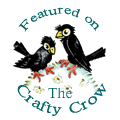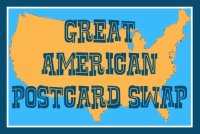

Wet on wet is a classic watercolor technique that is not only fun and exciting for the artist, but the results are incredibly beautiful. There are unlimited variations-using salt, no salt, a dropper, a brush, wet on water, wet on another color, the list goes on and on. It never gets boring. I have mentioned in previous posts that liquid watercolors are a must have for young children. I believe that traditional trays of watercolor paints are really intended for children over 10. It is too difficult for little ones to remember to keep wetting their brush, the trays become a mess, the colors are less intense and most importantly, you cannot use a dropper. Before I go on, if you are wondering where to get liquid watercolors and which ones to get, I recommend Blick brand. I buy all of my materials from Dick Blick.
That link should take you right to the liquid watercolors. You also need to use quality paper for this project. Watercolor paper can be pricey, but regular papers will not hold up and you will have a frustrated little artist and a soggy mess of paper. You can also get great watercolor paper through Blick intended for little ones. Sturdy enough for lots of water yet very reasonably priced. It comes in a big pad of 50 sheets--The pad I always get is the Biggie Junior by Canson.
You will also need a medicine dropper, a palette (plastic egg cartons are PERFECT for this), a big watercolor brush (optional) and a shaker of salt.
(hmm, I think Blick should be giving me a discount:))
Cover your work area, fill your egg carton with paint. I usually fill the egg cup halfway and add a little bit of water. 3 or 4 colors are all you need. Try to choose colors that will mix well and won't turn into mud.
Wet the paper completely. There are several ways to do this. Run it under the faucet, have your child paint it with a big brush (just water), give them a spray bottle to spray it wet, dip it in the baby pool, ...you get the picture!
Now, set the wet watercolor paper down in front of your child (who is wearing a smock or paintable clothes). Show him or her how to use the medicine dropper (you can find these at Blick as well, or at your pharmacy (they will often give them to you if you ask). The drops of color bleed beautifully on the wet paper and the colors melt and mix together. Every child (and most adults) absolutely love the effects. I encourage little ones to cover up all of the white paper. You can let them use a paintbrush, but the dropper is usually the preferred method. It is also fun to squeeze a few drops on dry paper to show them the different result.
A few sprinkles of salt on the wet paint will create crystals. Most will want to shake out tons of salt so let them--remember, it is the process not the product!






































